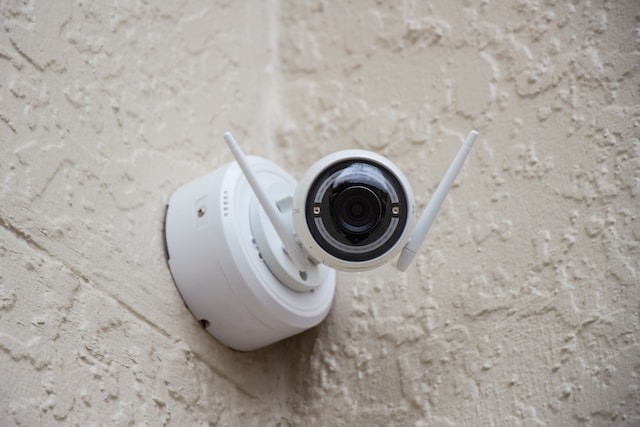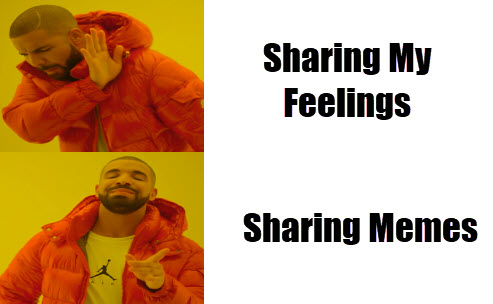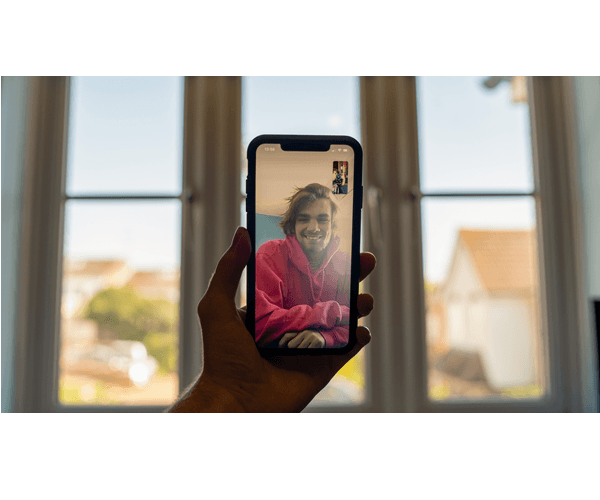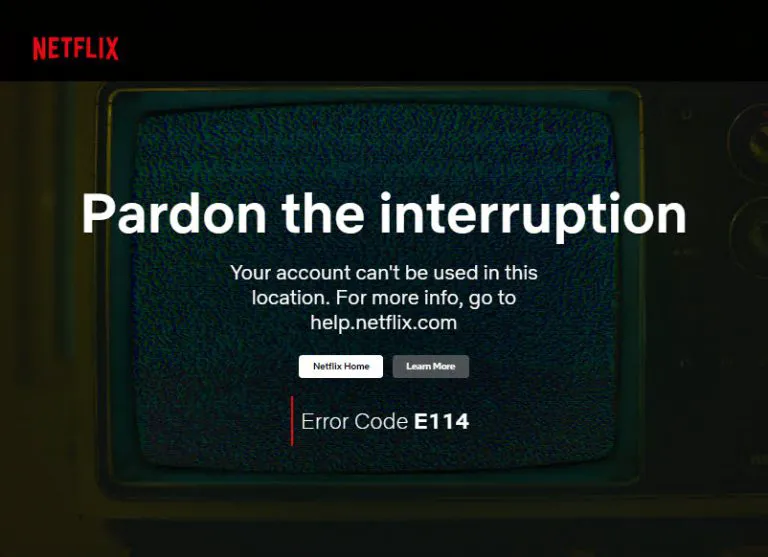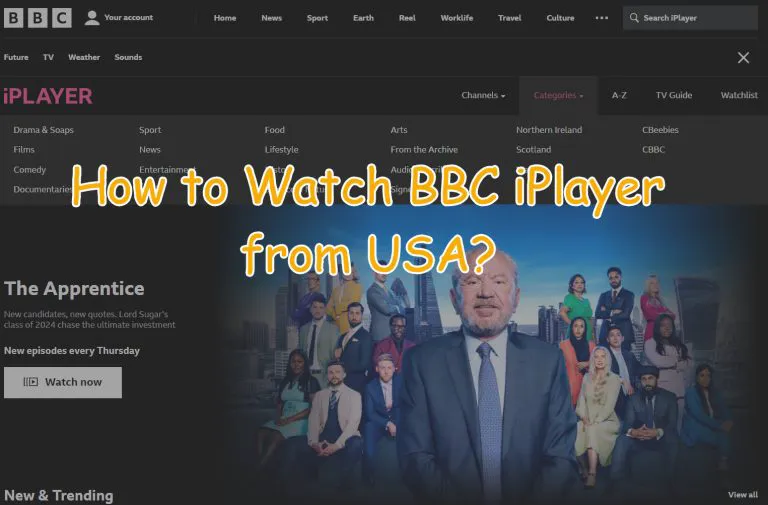How to Meditate | Techniques & Resources for Beginners
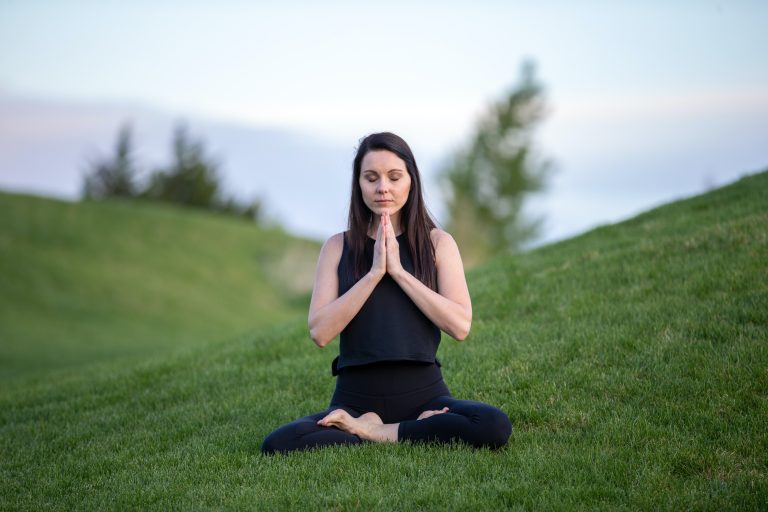
Welcome to the world of meditation, where inner peace and mindfulness await you. If you’ve been intrigued by meditation but didn’t know where to start, you’ve come to the right place. This beginner’s guide will walk you through the fundamentals of meditation, equipping you with the necessary techniques, resources, and support to begin your own journey of inner exploration and peace.
Table of contents
- Understanding meditation: why meditate?
- Do you need guided meditations?
- Helpful online resources for your meditation practice
- How to do mindfulness meditation: a step-by-step guide
- Step 1: Create a dedicated space
- Step 2: Set a time limit
- Step 3: Find a comfortable posture
- Step 4: Relax your body
- Step 5: Settle your attention on the breath
- Step 6: Observe and acknowledge thoughts and emotions
- Step 7: Redirect your attention back to the breath
- Step 8: End the meditation with gratitude and awareness
- Final words: things you need to know about meditation
Understanding meditation: why meditate?
Before diving into “how to meditate”, it’s important to understand its meaning and purpose. Meditation isn’t about learning how to empty your mind or stop your thoughts. Instead, meditation is a practice that trains the mind to focus and redirect thoughts, ultimately cultivating a state of inner peace, clarity, and calmness. While meditation has roots in ancient spiritual traditions, it is accessible and beneficial to people from all walks of life, regardless of religious or cultural background. Its beauty lies in its simplicity, requiring no special equipment or dedicated space. It can be done anytime, anywhere.
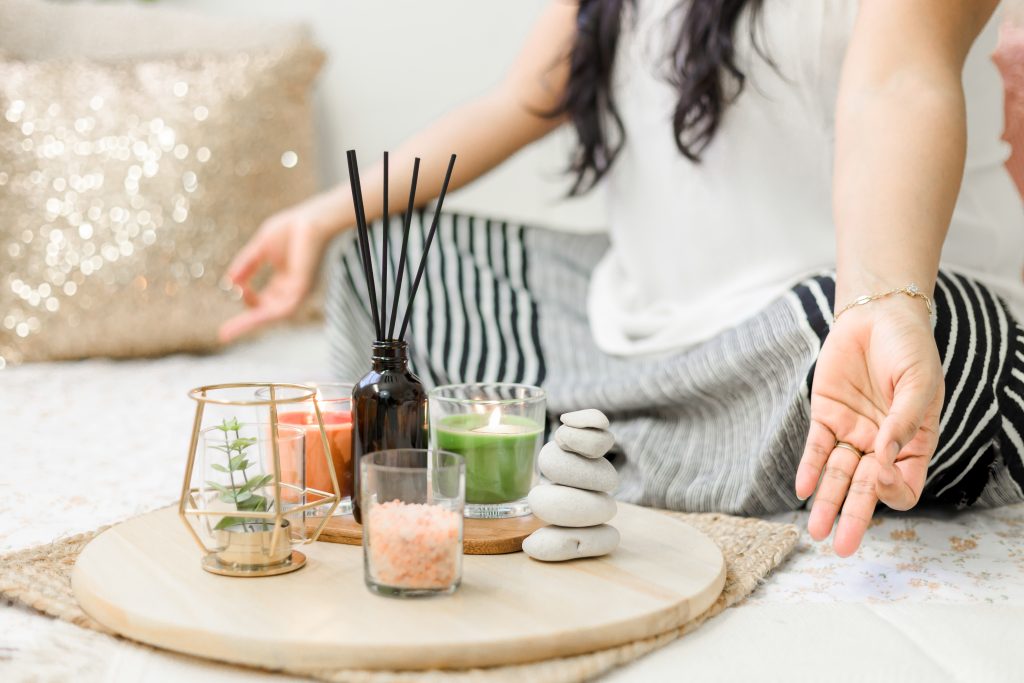
Meditation has been scientifically studied and proven to offer a multitude of benefits. Regular practice can help reduce stress, improve focus and concentration, promote better sleep, enhance emotional well-being, and increase overall resilience to life’s challenges.
Do you need guided meditations?
When embarking on a meditation journey, one important question to ask is whether you prefer guided or unguided practice. The preference varies from person to person, and here are a few factors to consider when deciding if guided meditation is right for you:
- If you are new to meditation or have limited experience, guided meditations can provide structure and guidance.
- If you find it challenging to stay focused during meditation, guided sessions can help keep your attention anchored and provide prompts for bringing your focus back to the present moment.
- If you have specific goals or areas of focus, such as stress reduction, relaxation, or self-compassion, guided meditations tailored to those intentions can be beneficial.
- If you struggle with maintaining a consistent meditation routine on your own, guided meditations can help you stay motivated and committed.
- If you’re seeking to explore new perspectives, techniques, and styles, even experienced meditators can benefit from guided sessions.
The choice to use guided meditations depends on your personal preferences and needs. You can also try a combination of guided and self-guided meditation, allowing flexibility and adaptation to your evolving practice.
Helpful online resources for your meditation practice
If you’re looking for guidance and support in your meditation practice, there is a wealth of online resources at your disposal.
Free guided meditation videos
YouTube and other video platforms host a wide range of guided meditation videos. You can explore different teachers and styles of meditation to find what resonates with you.
Meditation apps
There are several meditation apps that offer guided meditations, timers, and other helpful features. Examples include Headspace, Calm, Insight Timer, and Tent Percent Happier.
Calm – Calm, the popular meditation app with over 100 million downloads, offers daily updated guided meditations, a supportive community, and a variety of free and subscription-based content. You can get their 7-day free trial to see if it’s for you.
Headspace – This top-rated meditation app provides a variety of programs and courses tailored to different needs, such as stress reduction, sleep improvement, and mindfulness. With flexible duration options and a 14-day free trial, it’s perfect for anyone seeking convenient and effective mindfulness practices.
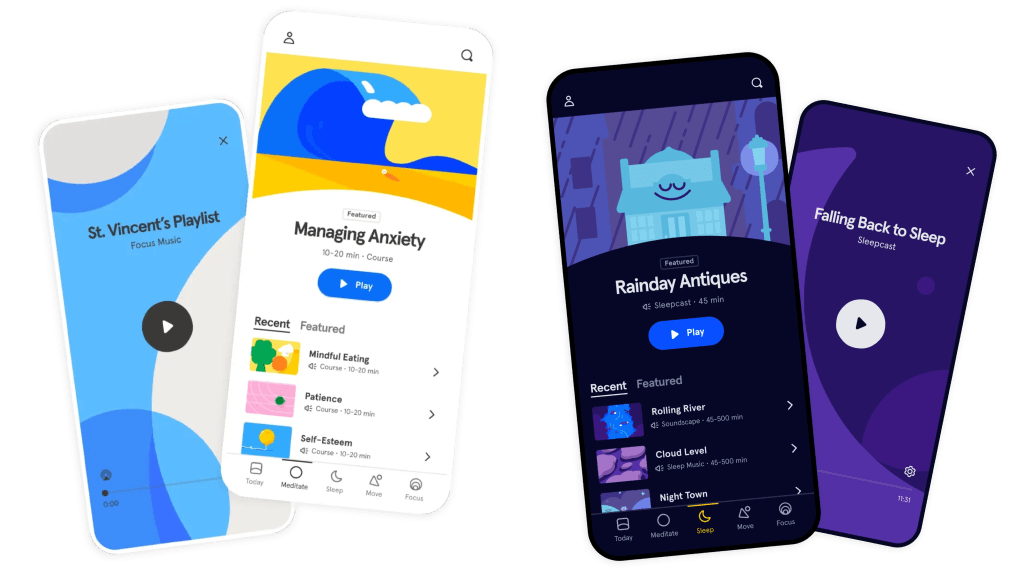
Insight Timer – Insight Timer has everything you need for meditation, including meditation music, guided sessions, and a customizable timer. It has over 70,000 free guided meditations, daily live events, and even sessions hosted by celebrities.
Ten Percent Happier – Inspired by Dan Harris’s book “10% Happier” the app provides a fun and accessible approach to meditation, making it easy to learn the basics and experience the benefits of mindfulness practice.
Online meditation courses
Many websites and platforms offer online meditation courses and programs led by experienced teachers. These courses often provide structured guidance and teachings to help you deepen your practice. If you’re unsure about which course to choose, websites like Coursera, Udemy, and Mindful.org can be your go-to options.
Mindfulleader.org – MBSR 8-Week Certificate Course
Developed by Dr. Jon Kabat-Zinn at the University of Massachusetts Medical Center, Mindfulness-Based Stress Reduction (MBSR) stands as the gold standard in mindfulness training.
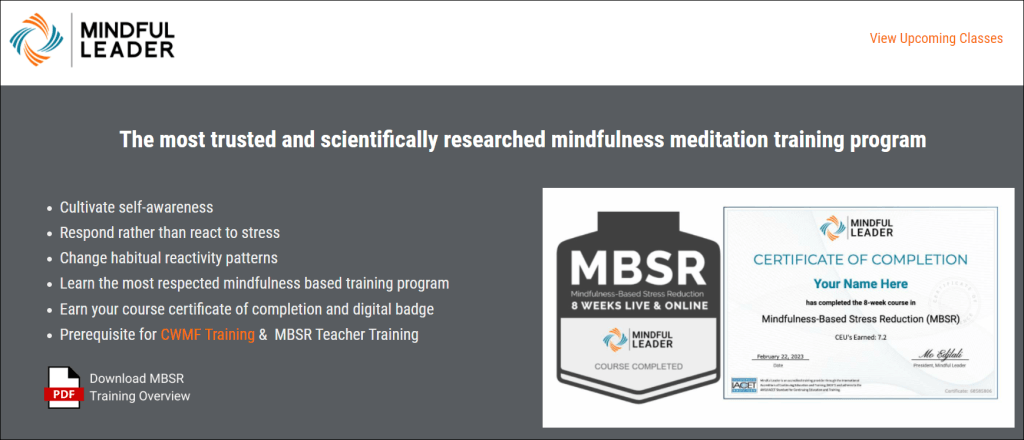
Mindful.org – A wide range of online courses tailored to your needs
Mindful.org is a reputable platform that focuses specifically on mindfulness and offers courses taught by experienced instructors in the field. It’s for everyone – from beginners to advanced practitioners – who seeks a healthier mind and a healthier life.
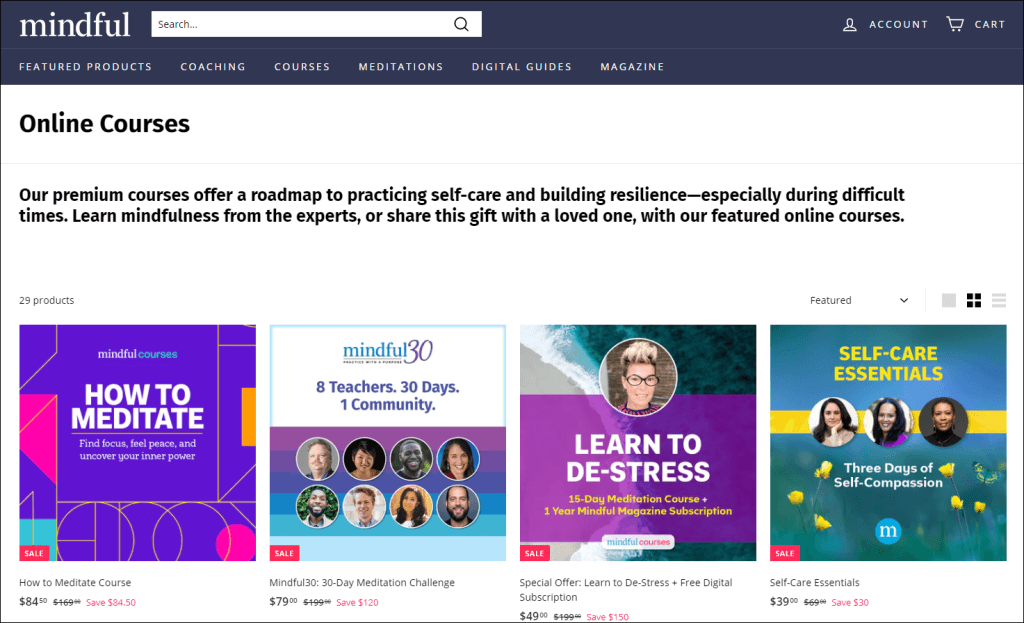
Udemy – The Complete 8-Week Mindfulness Training-MBCT/MBSR certified
Udemy is a well-known online learning platform that offers a wide range of courses on various subjects, including mindfulness. Their popular 8-week mindfulness course has an excellent rating, and you can always read real learner reviews to assess its suitability before enrolling.
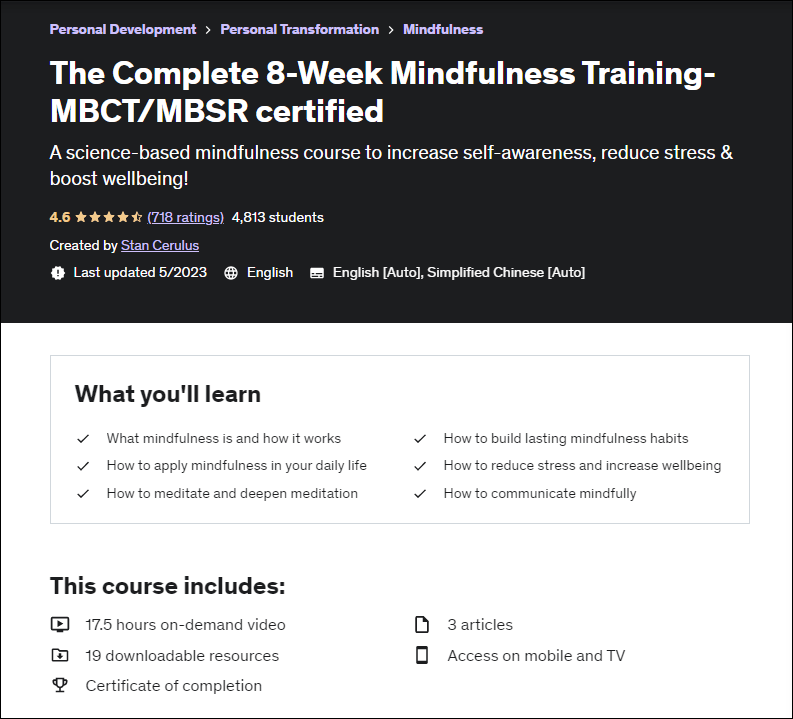
Online meditation communities
Meditation is often thought of as a solitary activity, but joining online meditation communities or forums can provide you with a supportive network of like-minded individuals. You can share experiences, ask questions, and learn from others on the path of meditation.
Mind Oasis
Upon joining, you can access a wealth of resources at no cost within the Meditation Center. These include guided community meditation, engaging 5-day meditation challenges, community-wide discussions, and much more.
Mindful Leader
Gain access to a wealth of offerings such as online video group drop-in meditation sessions (available 24/5), mindfulness challenges, community events, silent retreats, and more.
Meditation Chapel
You can access the calendar online to choose sessions you’d like to join. This community is free to join, but you can make donations if you’re able to.
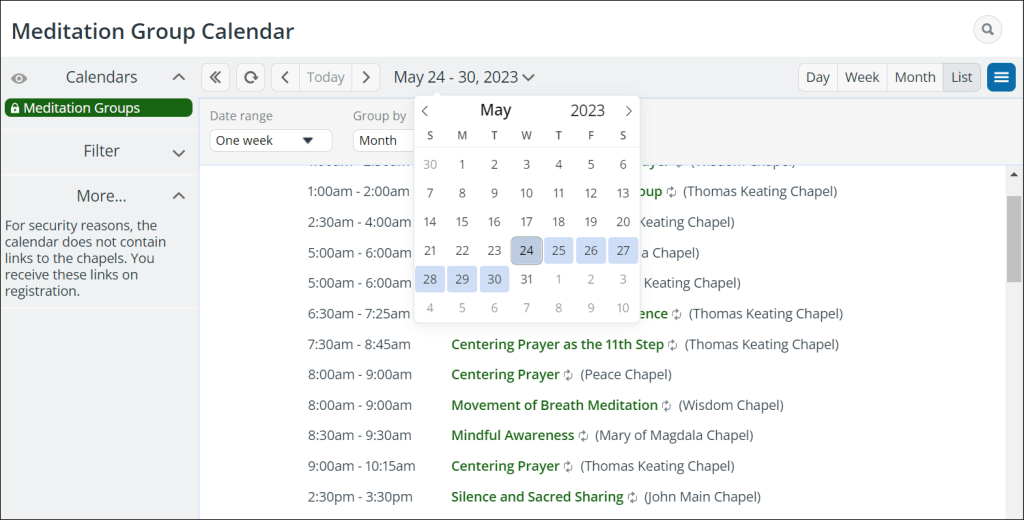
How to do mindfulness meditation: a step-by-step guide
There are various forms of meditation, each with its own techniques and goals. Mindfulness meditation is widely considered to be one of the most popular and accessible forms of meditation. It’s also the most common type of meditation in the West due to its secular nature and evidence-based benefits.
Mindfulness meditation involves paying non-judgmental attention to the present moment, cultivating awareness of your thoughts, emotions, and sensations.
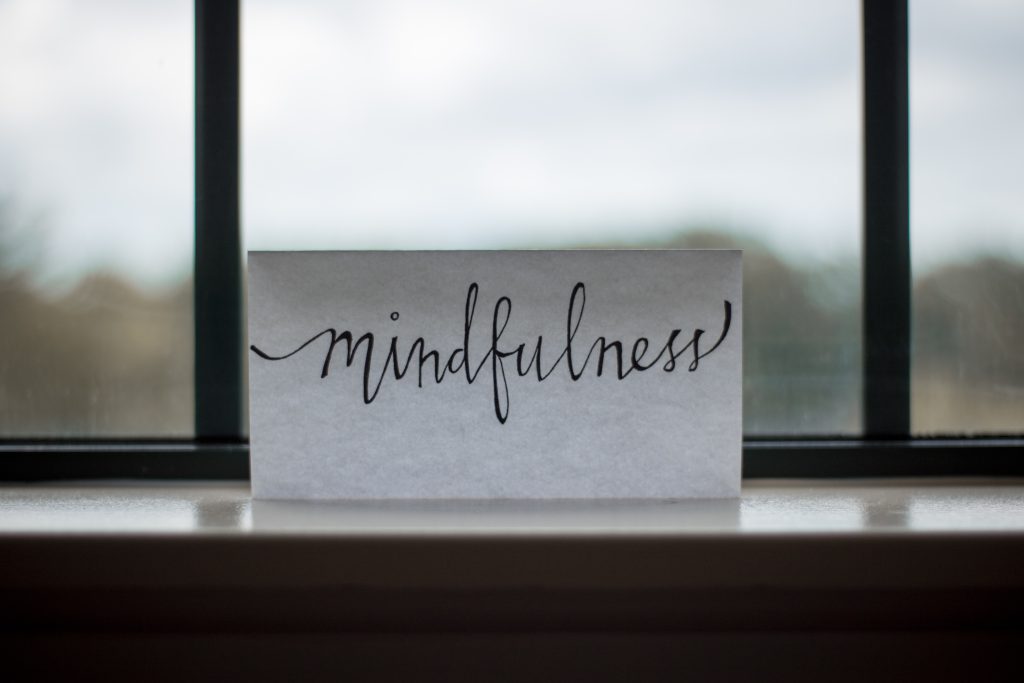
Step 1: Create a dedicated space
- Find a quiet and peaceful area where you can meditate without distractions. It could be a corner in your home, a cozy spot in nature, or any place where you feel comfortable and at ease.
- Consider adding elements that promote relaxation, such as cushions, candles, or soft lighting, to create a supportive environment for your practice.
- Make sure to turn off or silence any devices that may cause interruptions or distractions.
Step 2: Set a time limit
Before get started, it can be helpful to set a timer to keep track of your session. This way, you can fully immerse yourself in the practice without the need to constantly check the clock. For beginners, it’s recommended to start with shorter meditation sessions (like 5 to 10 minites) and gradually increase the duration as you become more comfortable.

Step 3: Find a comfortable posture
While many people associate meditation with sitting in a cross-legged position, there is not just one way to meditate. Choose a posture that is comfortable for you, whether it’s sitting on a cushion, a chair, or even lying down.
Step 4: Relax your body
Close your eyes gently and begin by consciously relaxing each part of your body, starting from your toes all the way up to the top of your head. Release any tension or tightness you may be holding.
Step 5: Settle your attention on the breath
Close your eyes, take a deep breath, and relax. Don’t control the breath but follow its natural flow. Bring your attention to the sensation of your breath. Notice the inhale and exhale. With each breath notice the coolness as it enters and the warmth as it exits, as well as the sensation of air passing through your nostrils. Feel the fall and rise of your chest and the expansion and contraction of your belly. Allow your breath to be your anchor, bringing you into the present moment.

Step 6: Observe and acknowledge thoughts and emotions
As you practice mindfulness, thoughts and emotions may arise. Rather than getting caught up in them or judging them, simply observe them without attachment. Notice their presence and allow them to come and go, like clouds passing by.
Step 7: Redirect your attention back to the breath
When you notice your mind wandering or getting carried away by thoughts, gently redirect your attention back to the breath. Each time you bring your attention back, it’s an opportunity to cultivate mindfulness, and you don’t have to blame on yourself.
Step 8: End the meditation with gratitude and awareness
When you feel ready to end your meditation session, take a moment to express gratitude for this dedicated time of self-care and reflection. Reflect on any insights or experiences that arose during the practice, and carry them with you as you move throughout your day.
Final words: things you need to know about meditation
As a beginner, you may need to be aware of some basic facts about meditation so that you can gain a better understanding of this practice.
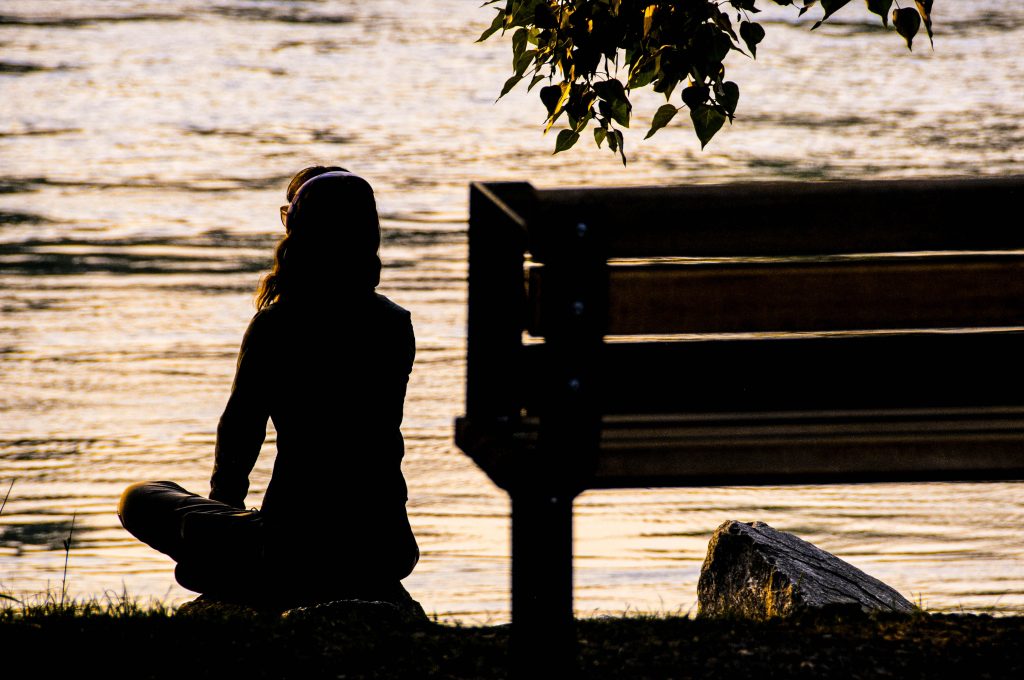
Consistency is key
Consistency is key in meditation. It’s more beneficial to have a regular meditation practice even for a short duration rather than occasional long sessions. In a 2018 study published in Behavioral Brain Research, researchers found that engaging in just 13 minutes of daily meditation over an eight-week period had a range of positive effects (decreased negative mood state, improved attention and working memory, etc.).
There’s no perfect time for meditation
Many people find it beneficial to meditate in the morning, as it can help set a positive tone for the day ahead. However, you can choose any time that works best for you and allows for a peaceful and uninterrupted practice.
Meditation can be practiced with or without music
The use of music during meditation is a matter of personal preference. Some people find that soothing background music can help drown out external distractions and provide a soothing backdrop for relaxation. To find proper music for meditation, you can go to Spotify, Apple Music, or YouTube, and search for keywords like “meditation music” or “relaxation music”. You can also look for specific genres such as ambient, instrumental, new age, or nature-inspired music.

However, music is not a requirement for meditation. Actually, many traditional forms of meditation emphasize cultivating awareness without external stimuli. Silence can also be beneficial for developing a deeper connection with your thoughts, emotions, and sensations.
It takes time to progress
Meditation is a journey, and it takes time to deepen your practice. Be patient with yourself and embrace the process. Don’t get discouraged if your mind wanders or if you find it challenging at times. It’s all part of the learning experience.
That concludes our guide on how to meditate. We hope you have found the information helpful, regardless of your specific goals in meditation. If you have any questions or suggestions, please feel free to leave a comment below. Your feedback is valuable to us.
Credit: Featured image by Benjamin Child on Unsplash; Image by yanalya on Freepik

 View all of Jocelyn Sun's posts.
View all of Jocelyn Sun's posts.

